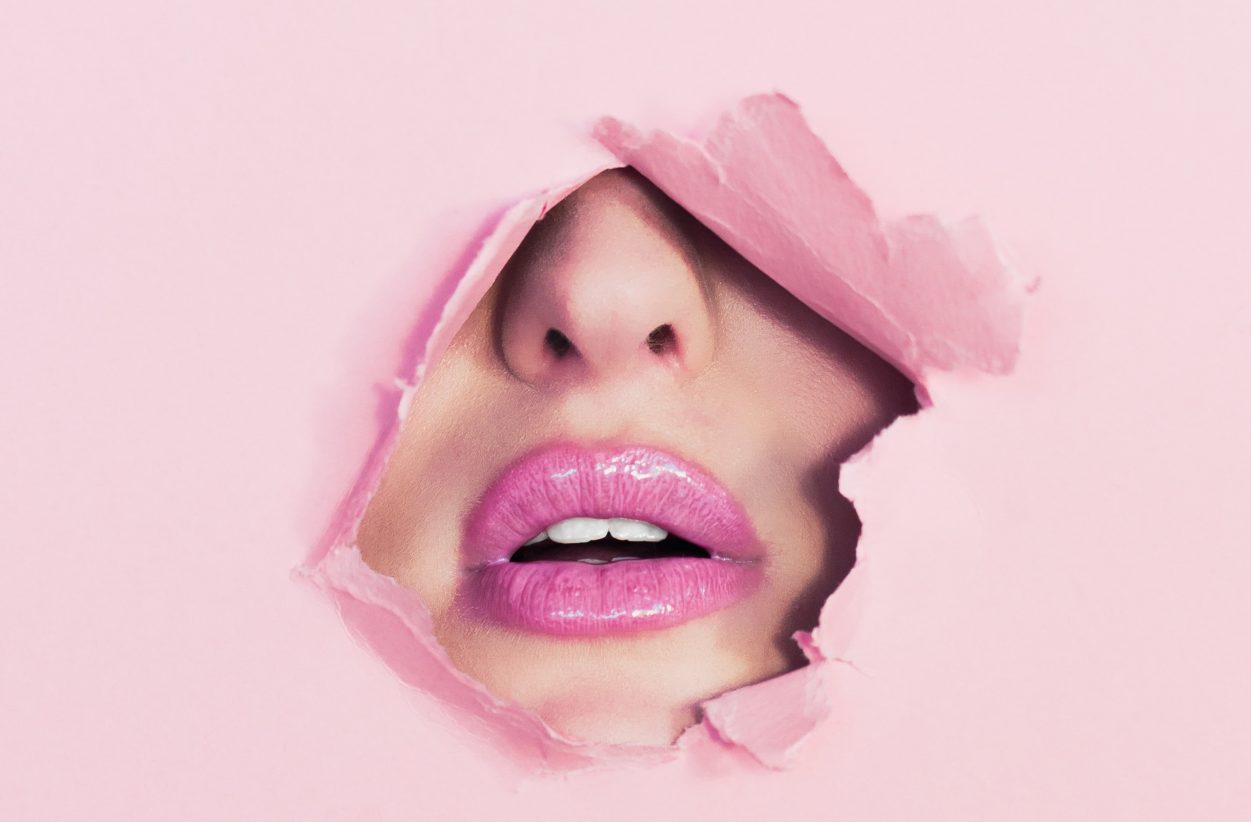Beauty market grows strong and uses pop-up in its strategy
The concept of wellness has changed over time. It is no longer connected to the mere idea of being healthy but includes other core areas of our life: mental, emotional, social, environmental and physical wellbeing. Indeed, for the World Health Organization, wellness is “a state of complete physical, mental, and social wellbeing, and not merely the absence of disease or infirmity.”
According to the Global Wellness Institute, the overall wellness economy is estimated to value around $4.2 trillion in 2017. It represents 5.3% of global economic outcome, showing how large and powerful this industry is. The overall industry comprised several sectors that drive the business from traditional and complementary medicine to personal care, beauty and anti-ageing.
There are four main drivers to the changes of perception of wellness and the consequential growth of the market:
- The grey-tsunami: the world’s population is growing older. The WHO World Health Organization estimates that by 2020, the number of people aged 60 years and older will outnumber children younger than five years. As we can live longer, due to modern medicine, we need to cope with other aspects of ageing: such as emotional or psychological wellbeing, also beauty and ageing.
- The environmental crisis: pollution, poor food and agriculture, unwell lifestyles put a toll on the overall health. For example, according to the WHO 91%of the world’s population lives in places where air quality exceeds WHO guideline limits.
- Health systems are failing to provide the support needed. The economic crises of 2008 brought several cuts in most of the health systems of the western world due to the unsustainability of a particular aspect of the system. Moreover by 2020, Europe could be facing a shortage of 230,000 doctors, putting an extra burden on an already slow system. And this seems to be a worldwide trend.
- Overall there is a paradigm change, a shift interpreting wellbeing as a holistic practice. As a consequence consumer behaviour is also changing: resulting in an educated customer that is searching for a wide range of products and services that can impact their wellness. It includes technology as a new tool to track needs and performances.
Personal Care, Beauty and Anti-aging
This latter sector drives an economy that corresponds to £1,083 billion according to the Global Wellness Institute. An outstanding possibility for retail and for those companies that are willing to adventure in offering products and services in this lucrative market, mainly dominated by millennials.
What should you be looking out for if you are already in the beauty sector or you want to enter it soon? Which are the trends within this trend? The beauty industry has changed dramatically in the last ten years. Mainly pressured by social channels, that have promoted a more direct relationship with consumers, followed by influencers and apps that allow experimenting in a way never seen before. Transparency and sustainability, from manufacturing to pricing and distribution.
Pop-ups to offer incredible experiences to beauty product lovers
This driving economy has a broad spectrum of players. Big fast fashion companies are increasing their line and offer when it comes to beauty products and services, or famous people developing beauty lines, and using their fame to entice customers while adding personal values and lifestyle.
Beauty industry, as many other industries in retail, has started to use pop-up as an efficient channel to ride this trend and further support the market growth.
- Fenty Pop-up: founded by Rihanna, launched a pop-up celebrating the new Fenty’s Moroccan Spice collection. With Rihanna posting on her own social media channels about the latest collection, it was obvious that the Fenty Beauty pop-up would be a hub of activity, experimentation and a success to copy.
- Goop: founded by actress Gwyneth Paltrow, turned into wellness guru also opened its first London pop-up store in September 2018, and after the success it is now set to become a permanent shop.
- Birchbox, an online beauty subscription company expanded its New York and Paris bricks-and-mortar ventures with a London pop-up in May 2018. The pop-up is a successful example of how online companies can reach out to customers to build up a stronger community.
If you are a beauty company, this is your moment: the market is booming, take this opportunity! Think about the trends we just talked about, what is your consumer expecting from your brand? Pop-ups are the perfect strategy to rapidly and flexibly ride this wave, surprise your customers meeting their expectations!




